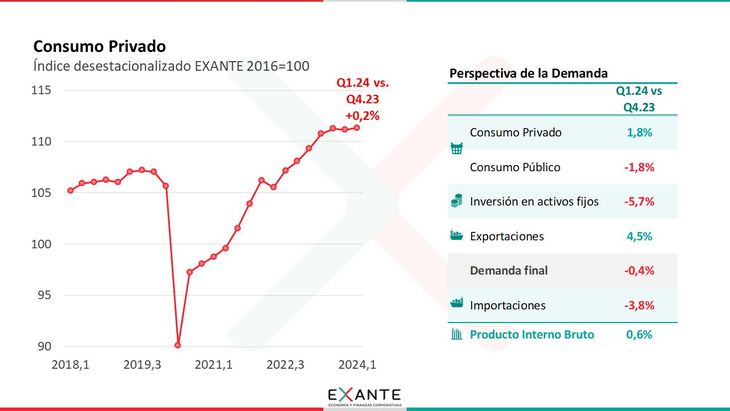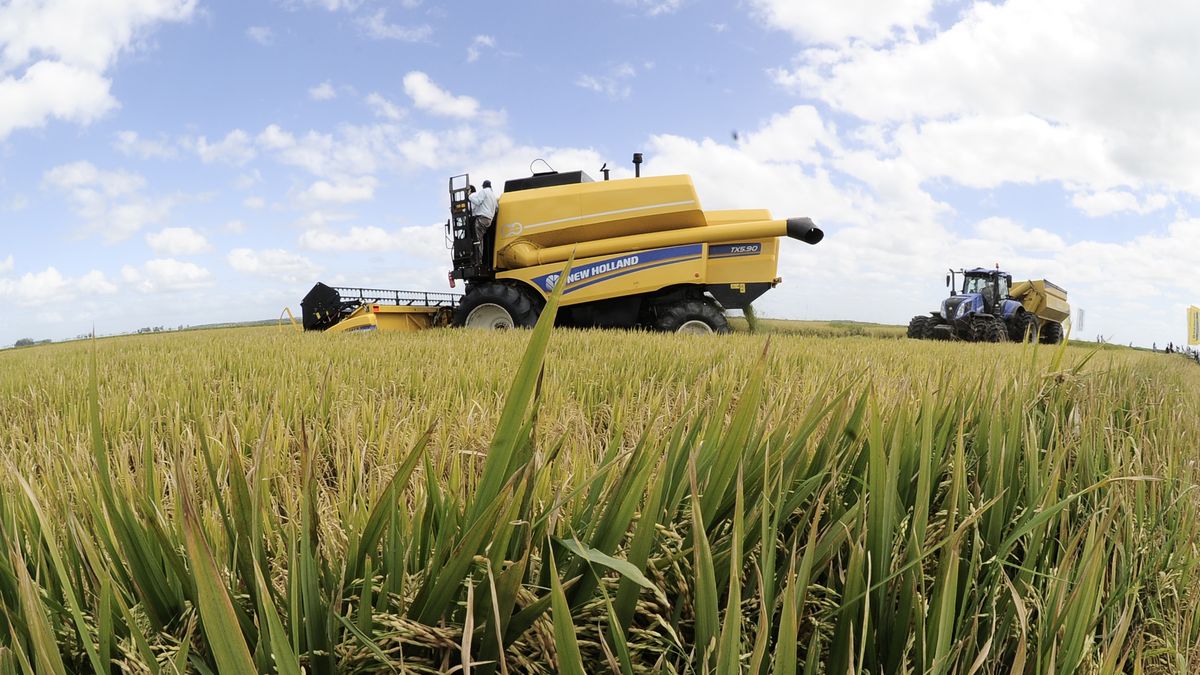The growth between January and March was above what was anticipated by the IMAE of the Central Bank of Uruguay.
The Gross Domestic Product grew by 0.9% during the first quarter.
Photo: Presidency
He rebound after the historic drought that devastated the national countryside throughout last year drove growth in the Gross Domestic Product (GDP) which in the first quarter was above what could be projected from the Monthly Economic Activity Indicator (IMAE) prepared by the Central Bank of Uruguay (BCU).
The content you want to access is exclusive to subscribers.
In the January-March period, GDP increased by a seasonally adjusted 0.9% compared to the last quarter of last year, mainly motivated by strong rebounds in the manufacturing sectors. energy and agroaccording to data from the economic consulting firm Exante.


Leaving the drought behind meant for the electric power a jump in the interannual variation of 20% during the first quarter of 2024. To this must be added an increase of 5.1% in the public administration section, and 4.3% in the agromainly explained by the promotion of forestry.
Likewise, the financial services sector, the commerce sector, the transport sector and the professional activities sector had interannual variations of 3.1%, 2.9%, 2.5% and 0.1% respectively.
At the other extreme, the sectors that suffered the greatest contractions were industry, with 10.1% after the technical stoppage of the La Teja refinery in Ancap. That of construction, after the end of the works on the Central Railway and the pulp mill in Bull Pass, with 3.8%; and health, also negative by 0.6%.
Consumption levels do not keep up with the increase in household income
According to Exante, “private consumption continued to show poor growth” during the period, despite “a context of firm increase in household income“. Along the same lines, it is noted that “investment was reduced in the year-on-year comparison”, while “exports increased”, mainly due to shipments of pulp and grains.
Compared to the last quarter of 2023, exports increased by 4.5%; Private consumption increased by 1.8% and public consumption fell by 1.8%. Investment in fixed assets fell by 5.7%, imports by 3.8% and final demand by 0.4%.
Exante.jpg

Source: Ambito




